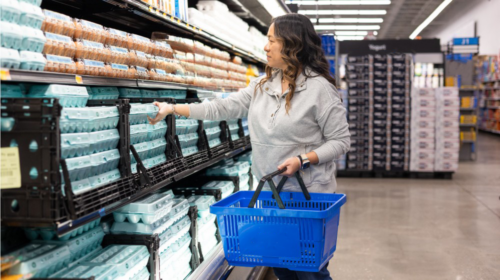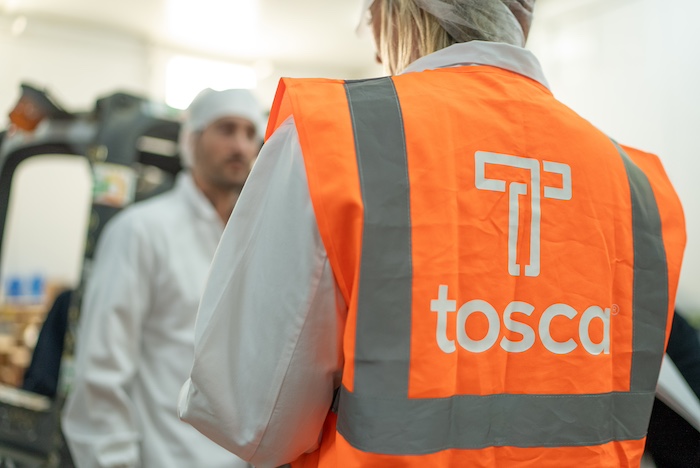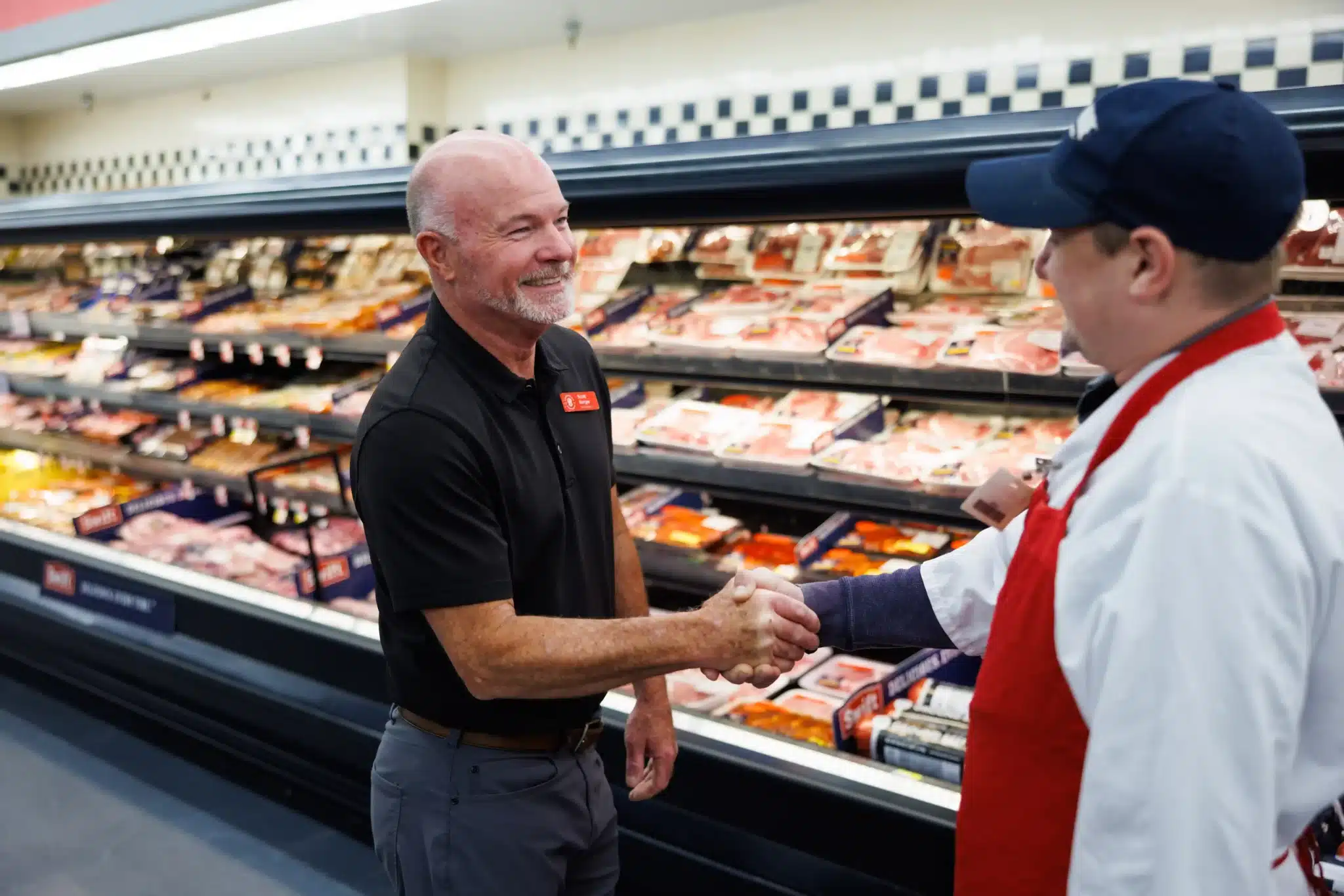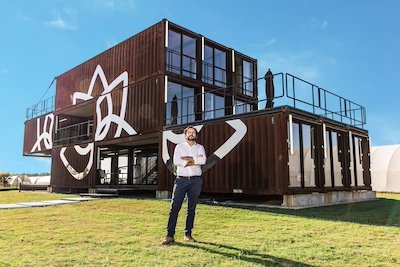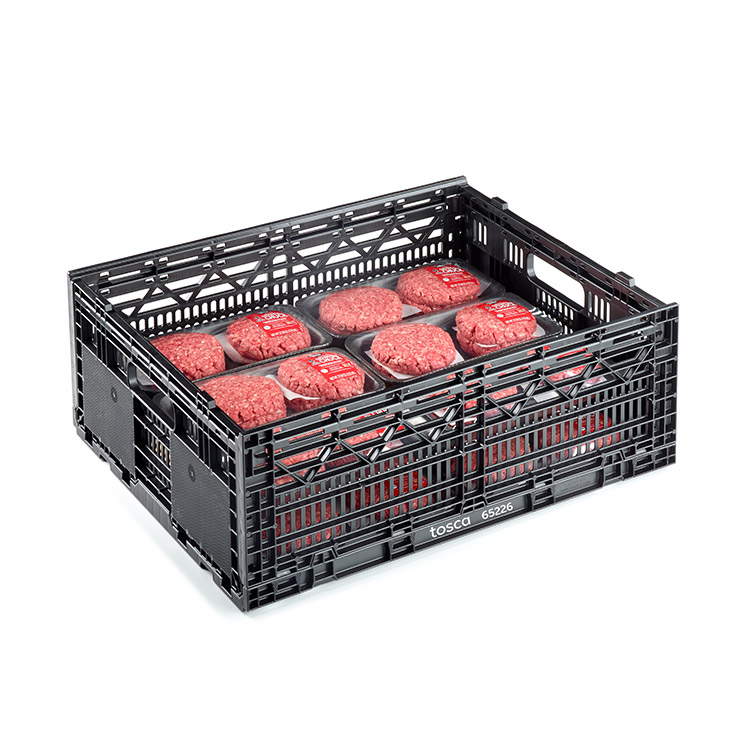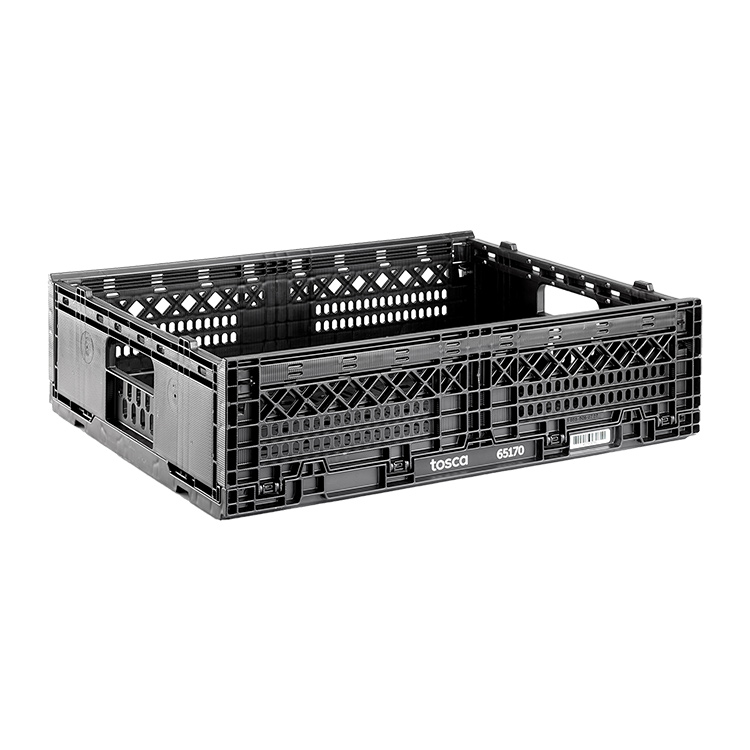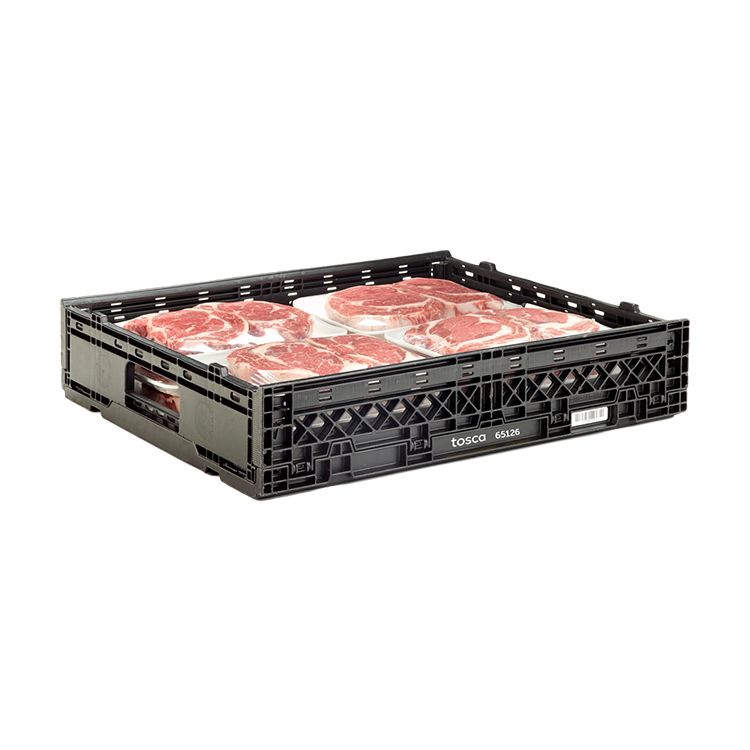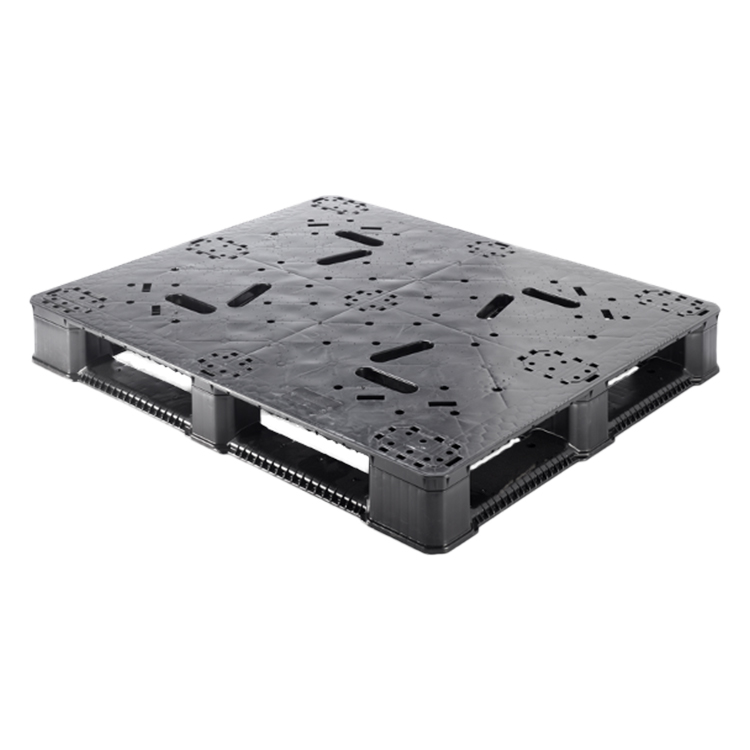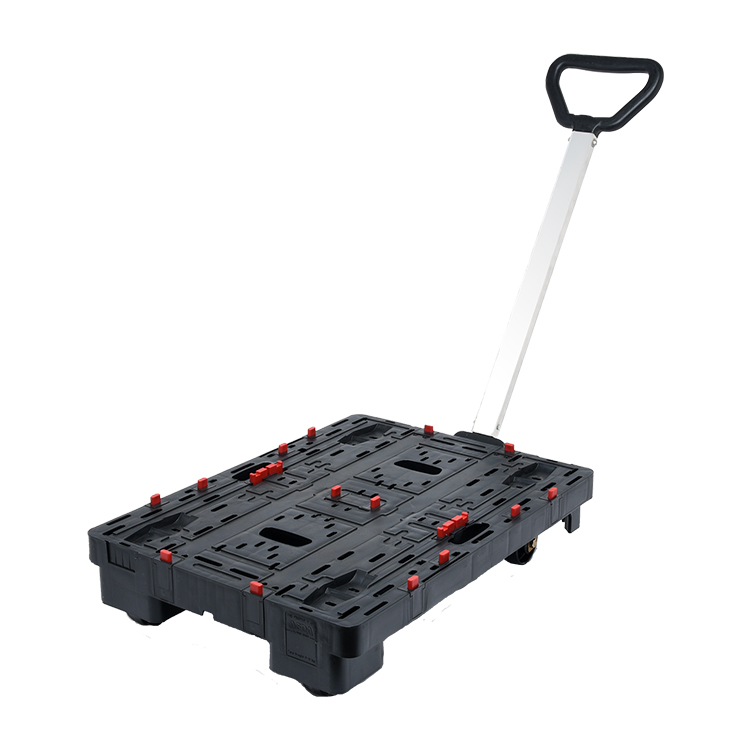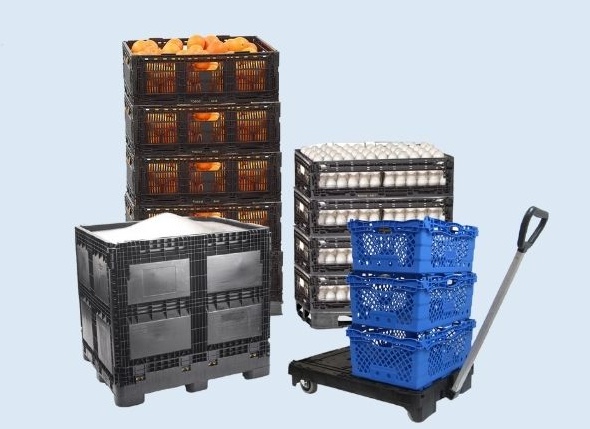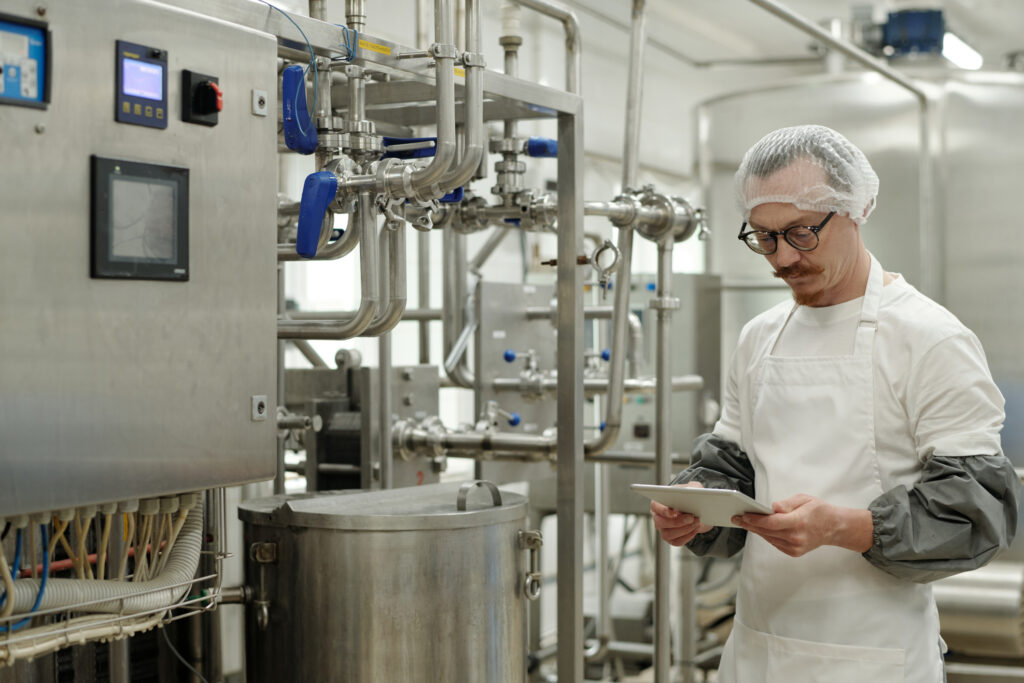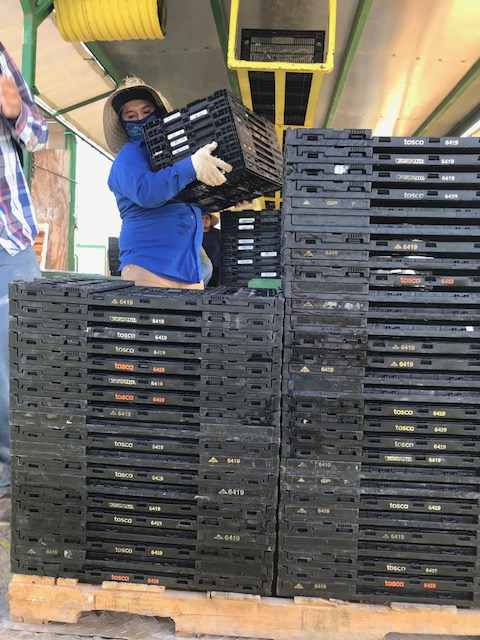Meat 65226 Reusable meat packaging containers 65226
Reduce product damage and shrink
Every week, outdated corrugated boxes and inadequately designed containers leave your meat exposed to crush damage, moisture intrusion, and misstacking. That translates into product loss, re-work, unplanned freight costs, labour drain — and significant reputational risk in high-stakes food supply chains.
The Meat 65226 reusable plastic container tackles those challenges head-on. Engineered specifically for fresh meat handling, it delivers the strength, hygiene, stack-ability and transport efficiency your operation demands — driving cost-savings and operational reliability across the line.
Product Details & Benefits
Description

Reduces shrink/product damage
Made of durable plastic, this RPC is 400% stronger than corrugated, preventing product damage during transport and significantly reducing shrink.

Saves on labor
Ergonomic design makes these quicker and easier to stack. Reusability eliminates the time required for breakdown and disposal of corrugated boxes, further reducing labor costs.

Saves on transportation
25% Stronger, to stack higher than corrugated can, with a standardized footprint to provide added stability, this RPC maximizes cube utilization, minimizing trips. One customer saw a 25% drop in transportation costs.

Supports sustainability
Durable enough to be reused for years, and recyclable.
Product specs
Dimensions
LOADING & STACKING
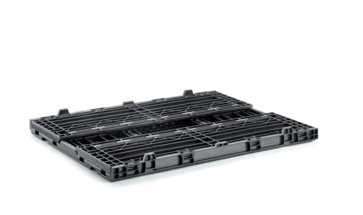
Comparisons - Meat RPCs vs Cardboard
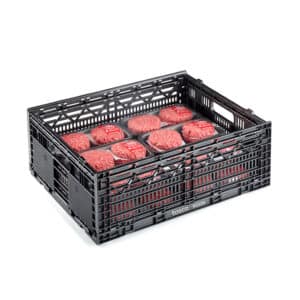
Made from 100% recyclable plastic, our crates are durable and strong, protecting high value meat from damage and minimising food waste.
Saves time and reduces labour costs with easy-to-handle meat crates that can go directly from truck to shelf.
Easy to wash, clean and maintain, meeting strict food safety and hygiene standards.
Design to utilise transport trips and save costs.
Increase sustainability across meat supply chain due to reusable, recyclable crates, reduced transport trips and lower food waste.

Products are more prone to damage during transportation, when wet and in-store, increasing food waste and costs.
Requires extra handling in-store, increasing labour time and costs.
Less hygienic and difficult to clean.
Limited stackability, higher transport costs.
Single-use only, less sustainable due to higher waste and more frequent replacement needs, increasing transport trips and food waste.
Meat RPC FAQs.
How does moving from single-use to reusables cut waste and carbon footprint in the meat supply chain?
Reusable containers last for thousands of trips, protect heavy proteins, and reduce leaks and shrink. Their durability allows higher stacking without product damage and better cube utilization on pallets and in trucks. With fuller trucks and fewer trips, the meat supply chain reduces CO₂ emissions and landfill waste while improving efficiency and sustainability.
How does the 65226 container maintain cold-chain integrity and product freshness from plant to store?
The Meat 65226 is built for durability, with a non-porous, ventilated design that allows air to circulate and maintain a consistent temperature across the pallet. This ensures the cold chain stays intact. Its strength protects products from box crush damage, while the non-porous surface helps prevent bacteria buildup and contamination.
How can businesses lower labor and transportation costs by switching to reusable meat packaging containers?
Reusable meat packaging containers save labor time by eliminating box breakdowns and the need to restack pallets that shift in transit. Their durable, standardized design improves cube utilization, allowing fuller pallets and trucks. This efficiency cuts transportation costs by up to 25% while also reducing shrink, CO₂ emissions, and handling time.
Can this container integrate with automated storage and retrieval or robotic picking?
Yes, reusable plastic containers have a standardized footprint and rigid design, making them highly compatible with automated storage and retrieval (AS/RS) systems and robotic picking. This compatibility streamlines operations and boosts overall efficiency across the meat supply chain.

